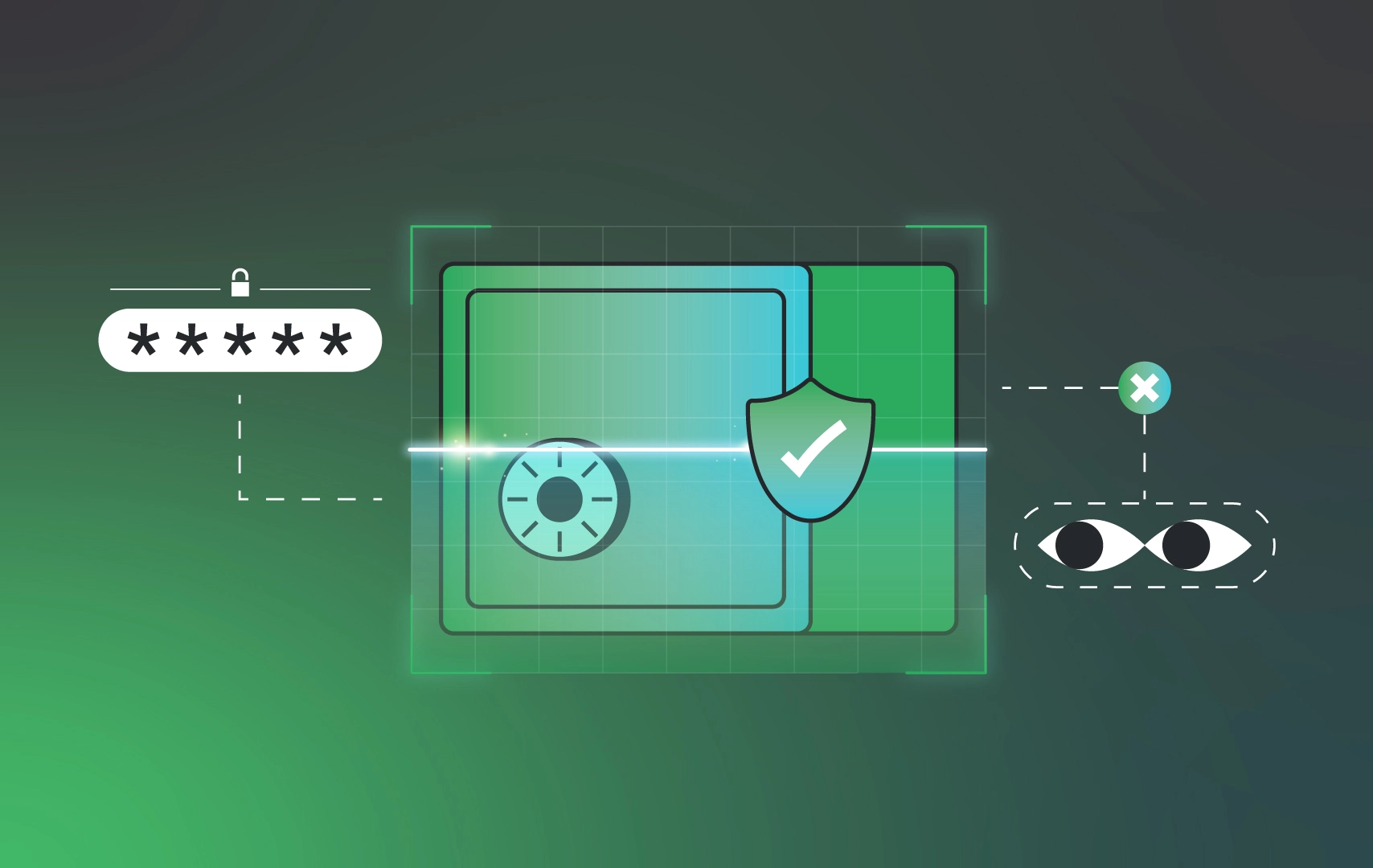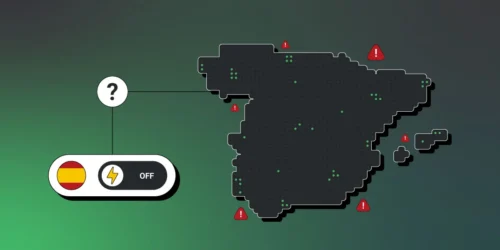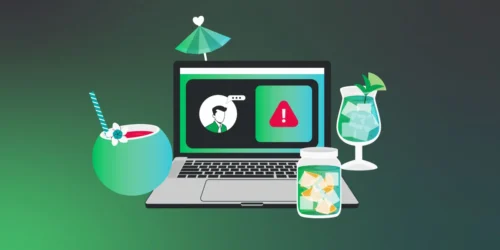Proactive Cybersecurity: Preventing Threats Before They Happen
January, 9, 2025
5 minutes read

Cybersecurity has undergone a fascinating evolutionary journey over the decades, adapting to an ever-evolving digital landscape. Current best practices are the result of years of trial and error, a learning process forged in the battle against cyber threats. From the emergence of Creeper, the first computer virus in the 1970s, to the creation of Reaper, the first antivirus, it is clear that cybersecurity was born in response to a latent danger. Initially, its focus was defensive, arising as a necessity to combat a universe of emerging threats.
However, today’s digital landscape is radically different from what our predecessors faced. Today’s threats are increasingly sophisticated, forcing organizations, companies, and individuals to stay one or two steps ahead. Relying solely on defensive measures is an inadequate strategy for a constantly changing digital world. Even a preventive posture is insufficient without the necessary agility to adapt. What cyberspace demands today is a proactive cybersecurity approach that not only responds to risks but anticipates and effectively mitigates them. In this new paradigm, adaptability and innovation are essential to safeguard integrity and security in the digital realm.
What is Proactive Cybersecurity?
Proactivity can be understood as the ability to take control of a situation and anticipate events. Proactive cybersecurity encompasses a set of practices and strategies to predict, identify, and mitigate threats before they cause significant harm to an organization or business. This includes both preventive and defensive approaches, but it also incorporates many other practices that empower individuals to take control of their environment. There are three important pillars of a proactive cybersecurity strategy:
1. Prevention
Responding after a threat has caused damage is not sufficient. Prevention is the foundation of proactive cybersecurity. To achieve this, companies need to engage in various prevention and anticipation practices at their structural level. Offensive security teams, or red teams, are primarily responsible for this pillar of proactive cybersecurity. Through simulated attacks, they can identify vulnerabilities and weaknesses in system security to strengthen them before a threat arises. However, prevention must also be implemented at an organizational level, promoting a cybersecurity-aware culture with practices such as strong passwords, constant software updates, strict access policies, and antiphishing solutions, among others.
2. Continuous Monitoring
To ensure our digital environment is free from threats, it is necessary for company systems to be continuously monitored. This means actively seeking anomalies or security breaches that could allow access to some form of threat. This task becomes increasingly complicated as organizations grow. However, a small gap or unmonitored access is enough to cause irreparable damage. Therefore, advanced tools such as Batuta are available to simplify the monitoring and control of our digital infrastructure.
Continuous monitoring is where many organizations fail, as they lose track of the pace with which threats change. Having a proactive cybersecurity strategy means having complete visibility and control over the entire digital infrastructure to prevent any entry of a threat.
3. Response Capability
Finally, the third pillar of a proactive cybersecurity strategy is response capability. If it is too late and a threat has already breached our system, the impact it can generate will directly depend on our ability to react and mitigate threats. This can make the difference between minor or severe damage. An effective response will depend on whether we have well-defined action plans, tools, and specialized teams ready to respond to any type of cyberattack.
The Importance of Automation
Integrating automation into a proactive cybersecurity approach enables organizations to identify, prevent, and respond to threats more efficiently and effectively. By automating routine tasks such as network monitoring and vulnerability detection, companies can reduce reaction times to potential attacks and minimize the risk of human errors. Additionally, it allows for more rigorous data collection and analysis, helping to anticipate new threats and strengthen defenses. In this way, it improves resilience and frees up resources for security teams to focus on more complex tasks.
For instance, one of the benefits of platforms like Batuta is endpoint visibility and control. It focuses on providing organizations with tools and solutions to monitor, manage, and protect their digital infrastructure. This type of tool simplifies the complexities of commitment and alignment between IT and cybersecurity teams. Having an integrated approach ensures that organizations improve their security posture and promote a culture of shared responsibility in protecting their digital environments.
Proactive cybersecurity today is an essential element of any organization’s strategy. By adopting this approach, companies can strengthen their defenses before cyber incidents occur. This proactive mindset allows for the implementation of robust security measures, continuous vulnerability assessments, and the fostering of a culture of cybersecurity awareness among all individuals in the organization. Furthermore, by investing in advanced technologies and continuous staff training, organizations protect their critical assets and ensure the trust of their customers. In a world where innovation and risk go hand in hand, staying one step ahead in cybersecurity is not just an option; it is an imperative need for long-term success.




